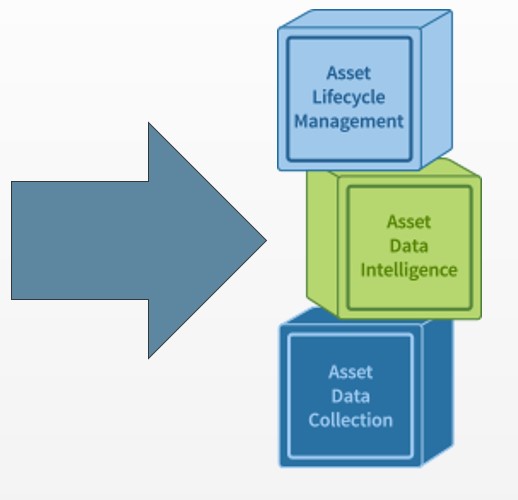IT Asset Management, a Three Tiered Approach (Part 3 of 4)
Three Keys to IT Asset Management Intelligence
IT Asset Intelligence is Tier Two of IT Asset Management. It is accomplished by associating assets with relevant information contained within the asset database and with relevant information contained in external databases, both inside and outside the organization. Three key features are needed to build IT Asset Intelligence: IT Asset Normalization, IT Asset Mapping, and IT Asset Linking.
IT Asset Normalization
Your Asset Management solution contains asset information provided by manual input, scanning tools and software, and from remote sources such as spreadsheets. To report accurate information, your solution needs to be able to correct the database tables of inconsistencies. Inconsistencies can be caused from errors made during manual input or from inconsistent naming conventions used by the hardware and software vendors.
For example, a software vendor like Adobe may use the name “Adobe”, “Adobe Inc.”, or “Adobe Systems.” The company’s name may vary from one version to another, creating an inconsistency. Be sure to account for these inconsistencies for accurate reports.
To ensure accuracy in the database, develop a process that will detect inconsistencies as well as correct them prior to reporting.
Choose an asset management solution that can provide you with normalization capability otherwise, your expert SQL administrators will have to fix the problems for you, which can be a costly alternative.
IT Asset Mapping
Asset Mapping is critical for Asset Lifecycle Management, which just so happens to be Tier Three of IT Asset Management. Asset management tools need to be able to map asset information from one table to another. For example, you may have a table that lists the IP address assigned to each laptop.
Because you know that IP addresses are determined by the building location, you may want to create a custom table with your building names. Dynamically map the IP addresses of the laptops to the building name associated with the IP address.
This will then allow you to view laptops located in a given building without having to know the IP address assignment schemes for the buildings.
Mapping can also be used to generalize asset information where detailed information is not required.
For example, an organization may want to see how many software application licenses they own from a specific vendor instead of viewing the name of every software package.
Remember, mapping to custom fields is critical since not everything can be scanned and asset management vendors cannot anticipate everything you may want in your asset management solution. For example, there may be executives in your organization that have a flat screen TV in their office. The TVs are not scanned by network scanning tools and most asset management systems do not have a field for TVs.
To manage the TVs in your asset management solution, you need to be able to add a custom field, name the field accordingly, and then map it to the executive or to the executive’s department (another custom field) in the asset management solution.
Mapping allows you to see your IT assets, and anything that relates to the IT asset.
An even greater benefit of mapping is the ability to map assets back to the user who is accountable for that asset. A goal your organization should have is to be able to see a user and all the assets they use.
If you are unable to see what IT assets a user has, then you are at greater risk of losing track of the asset when the user moves within the organization or when the user leaves the organization.
IT Asset Linking
The properties of an asset can include information that might be stored in an external database within your organization or even outside your organization. For example, the contract information used to purchase software licenses might be stored in a database used by the legal department.
In this scenario, it would not make sense to duplicate the contract inside of the asset management database. Duplicating the contract would raise concerns for a document management system, often used by legal departments. Much like IT assets, legal documents and versions have to be tightly managed. Therefore, a link should be provided within the asset management database that points to the associated contract. That link could be a document number, document name, or some other identifier that a system uses to identify individual documents.
Asset linking can also be used to connect to your End-User License Agreements (EULA). For example, your asset management systems should be able to communicate with Microsoft over the internet to obtain the total amount of software entitlement licenses your organization owns for a given software package. In turn, it should then be able to compare the amount of licenses owned to what is installed within the organization.
The results of these findings would then be available in a report created by the asset management system. Hopefully, if your asset management database allows for custom fields, you will be able to create a field for “cost.” Then you can map that cost to a license enabling you to get true-up costs or over-licensing expenses.
Summary
If your asset database is accurate, and your asset mapping and asset linking designs are developed in advance, you will have an intelligent view of all your IT assets, asset users, asset licensees, asset purchasing information, and the asset costs throughout their lifecycle.
Most important, when Tier Two of asset management is designed properly, Asset Lifecycle Management at Tier Three will be much easier to implement and follow.
This article was first published on http://marcelshaw.com

